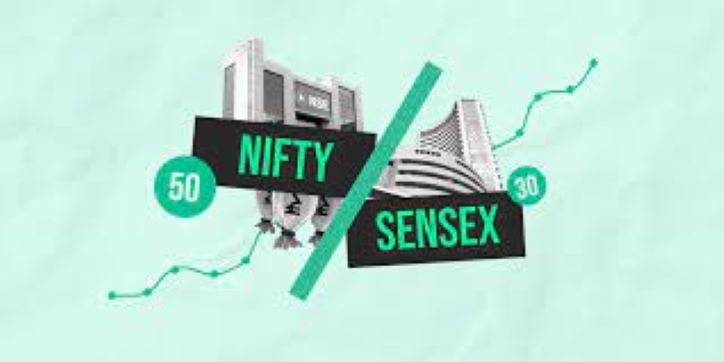People who are new to stock market, often ask the question-what is Nifty and Sensex. These two terms are widely and routinely used in the context of the stock market. In this article we will discuss and explain about these two terms in simple and easy to understand language. We will also answer the following related questions which are often asked by the people willing to enter into stock market:
- Which is better Sensex vs Nifty?
- What is Sensex and Nifty in simple words?
- What is Nifty full form?
- What is Nifty and how it works?
Nifty and Sensex are two of the most widely followed stock market indices in India. These indices are used to track the performance of the Indian stock market as a whole or a specific subset of it. Both indices are closely watched by investors, analysts, and other stakeholders to gauge the overall health and direction of the Indian economy.
The Sensex, also known as the S&P BSE Sensex, is the oldest stock market index in India. It was launched on January 1, 1986, and comprises 30 large and well-established companies across various sectors of the Indian economy. The Sensex is calculated on a free-float market capitalization-weighted basis, which means that the weightage of each stock in the index is based on its free-float market capitalization. The index represents about 45% of the total market capitalization of the BSE-listed companies.
The Nifty, also known as the Nifty 50 or the National Stock Exchange Fifty, is a stock market index that was launched on April 22, 1996, by the National Stock Exchange of India (NSE). It comprises 50 large and liquid companies across various sectors of the Indian economy. The Nifty is also calculated on a free-float market capitalization-weighted basis and represents about 65% of the total market capitalization of the NSE-listed companies.
Both the Sensex and the Nifty are used as benchmarks for measuring the performance of the Indian stock market. They are also used as a tool for creating passive investment products such as index funds and exchange-traded funds (ETFs). The performance of these indices is closely linked to the overall performance of the Indian economy and is affected by various factors such as economic growth, political developments, and global events.
Investors and analysts use various tools and techniques to analyze the performance of these indices, such as technical analysis, fundamental analysis, and macroeconomic analysis. The performance of these indices is also compared with the performance of other major stock market indices around the world to get a broader perspective on the global economy.
In conclusion, the Sensex and Nifty are two key stock market indices that provide a snapshot of the Indian stock market’s overall performance. They are widely followed by investors and analysts to gauge the health and direction of the Indian economy and are used as a benchmark for creating passive investment products.
Also Read:

